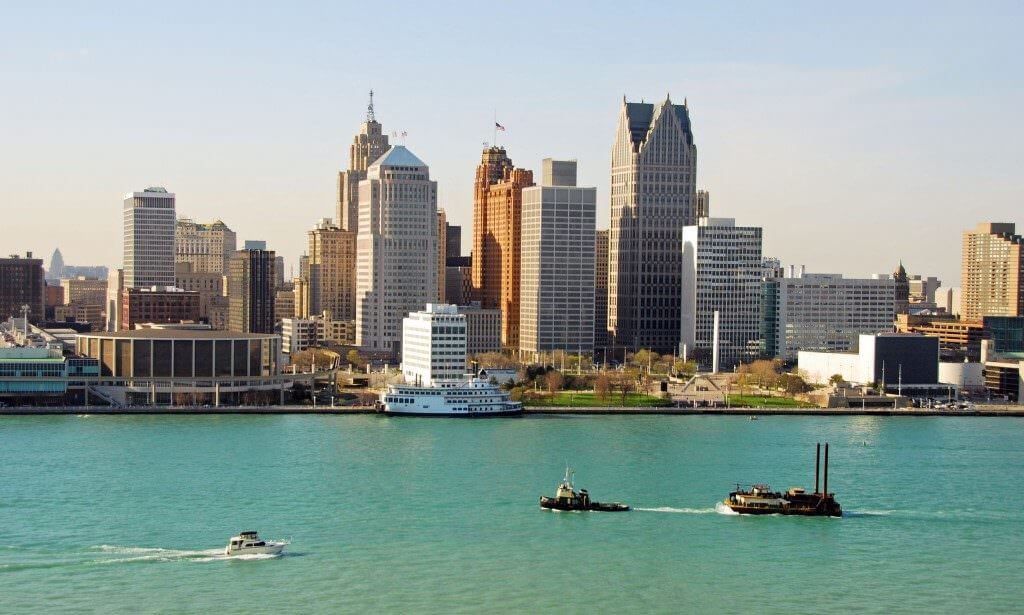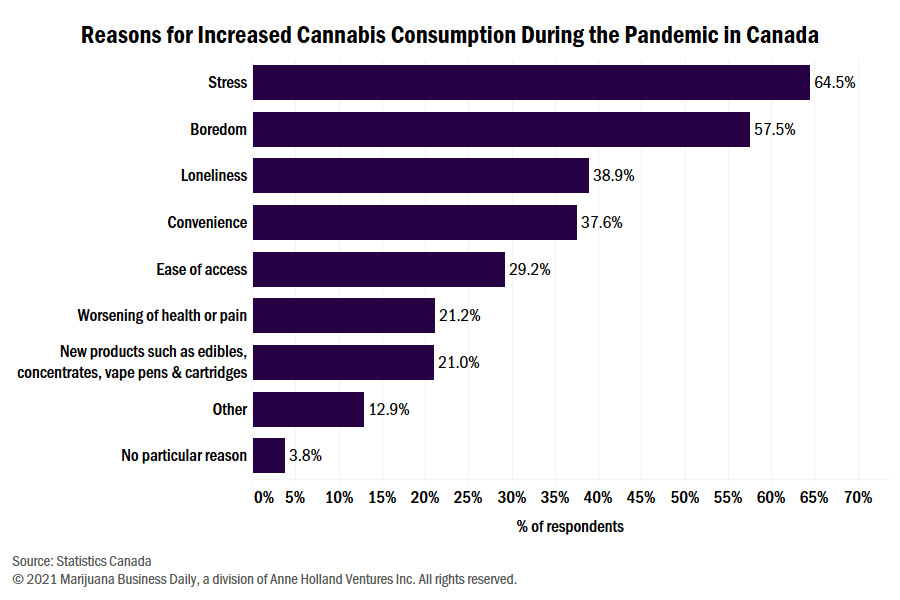The chief executive of the Ontario Cannabis Store (OCS) said growing regulated recreational marijuana sales in Canada’s most-populous province depends on more brick-and-mortar stores opening in certain communities.
OCS President and CEO Thomas Haig made the comments in his introduction to the OCS’ third-quarter report, which covers the period between Oct. 1 and Dec. 31, 2020.
“Even with restrictions on in-person shopping, customers chose physical stores for 88% of recreational cannabis purchases,” Haig wrote.
“It is clear that expanding physical access in unserved or under-served communities is key to continued growth over the long term.”
The OCS is the sole wholesaler to Ontario’s growing number of licensed recreational marijuana stores, but it also competes against those stores as an online cannabis retailer.
Ontario had 324 licensed stores in 81 communities as of Dec. 31, according to the report, “though with 111 of those clustering in the Toronto area, there are still many parts of Ontario where shopping locally for legal cannabis is inconvenient or not possible.”
As of March 8, 490 regulated cannabis stores were listed as “Authorized to Open” by the Alcohol and Gaming Commission of Ontario (AGCO), which licenses those businesses.
The AGCO accelerated the pace of licensing to 120 stores per month in mid-February.
As licensing ramps up, some store owners have started complaining publicly about the increase in competition, along with longstanding gripes about competing against the government cannabis wholesaler’s own e-commerce operation.
The third-quarter report from the OCS estimated that legal marijuana sales have captured 40.3% of the province’s adult-use marijuana market, up from 36.2% in the previous quarter.
The OCS said Ontarians bought roughly 30 million grams (66,139 pounds) of regulated recreational cannabis in the quarter, worth about 251.1 million Canadian dollars ($198 million).
In dollar terms, the percentage of sales by category was as follows:
- Dried flower: 57.4%.
- Vapes: 15.7%.
- Pre-rolls: 12.5%.
- Edibles: 4.5%.
- Ingestible oils: 3.7%.
- Concentrates: 2.4%.
- Beverages: 1.7%.
- Capsules: 1.5%.
- Topicals: 0.6%.
- Seeds: 0.1%.
“Consumer preference still tilts towards products with higher THC levels – above 20% – with customers in stores buying high-THC products at a sales velocity of 337 times faster than low-THC products,” the OCS noted.
The marijuana wholesaler said the average price for a gram of dried cannabis flower during the quarter was CA$9.13 at regulated retail stores, CA$7.76 among illicit sellers (a figure “sourced through mail-order marijuana sites”) and CA$6.24 at the OCS online store.




